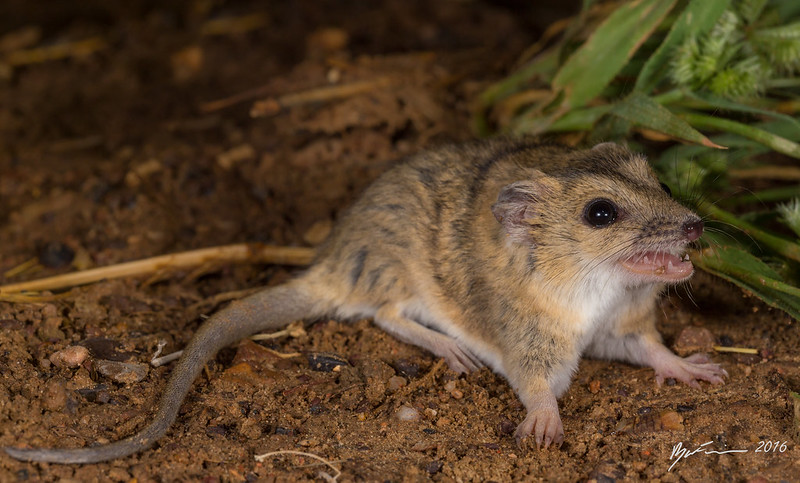Owl Pellets Reveal Elusive Marsupial’s Strongholds
Through owl pellets, a vanishing marsupial species comes into clearer focus after decades of conservation obscurity.
Tracking a Threatened Marsupial via Predators’ Leftovers
The Julia Creek Dunnart (Sminthopsis douglasi), a cryptic and vulnerable marsupial, has long eluded researchers due to its rarity and the challenges of traditional trapping. In a groundbreaking new study, scientists turned to an unlikely ally: the Eastern Barn Owl (Tyto javanica delicatula). By meticulously dissecting nearly 700 owl pellets from nine sites across central-west and north-west Queensland, researchers uncovered crucial new data on the dunnart’s distribution. The species was found in four of these locations, including two sites with no prior records, highlighting the power of non-invasive methods in species detection.
Published in *Ecology and Evolution*, the study confirms the dunnart’s continued presence at known strongholds (Toorak and Nelia) and reveals new populations at Stamford Racecourse and Woodsberry. All four locations fall within habitat classified as high or medium likelihood for the species under Australian Government models. Notably, the species was absent from all low-likelihood sites, including protected areas such as Diamantina National Park and Pullen Pullen Reserve.
Owl Pellet Analysis Outperforms Traditional Trapping
Unlike live trapping, which is costly, logistically challenging, and limited in scope, owl pellet analysis allows for broad spatial and temporal surveillance. Owls regurgitate undigested prey remains, including bones that often allow species-level identification. In this study, owl pellets proved particularly effective in detecting small mammals such as S. douglasi, often requiring fewer than 200 samples to achieve a 99% detection probability.
At Toorak, for instance, the dunnart comprised over 33% of prey items and could be reliably detected in as few as 10 pellets. This efficiency stands in stark contrast to field trapping, which has historically struggled to locate the species. The findings strongly support the integration of owl pellet analysis into long-term monitoring strategies for cryptic mammals.
Grassland Habitats Confirmed as Crucial
All sites with confirmed dunnart presence shared a high proportion of grassland within a 10 km radius, consistent with known habitat preferences. The species is closely associated with cracking clay soils covered by Mitchell and Flinders grasses. Low-likelihood sites that failed to yield any dunnart remains had lower grassland coverage and higher proportions of herbland and woodland.
This reinforces the ecological niche model used by the Australian Government, which successfully predicted all four sites where the species was found. However, the unexpected absence of S. douglasi from Abbotsford - a site with 100% grassland and adjacent to a positive detection site - raises important questions about local habitat quality, including the possible negative impacts of invasive prickly acacia (Vachellia nilotica).
Beyond Distribution: Broader Insights into Small Mammal Communities
The study also revealed striking differences in small mammal diversity across sites. The long-haired rat (Rattus villosissimus) dominated the diet at most locations, particularly during plague years. However, Pullen Pullen Reserve stood out with a mammal community composed primarily of stripe-faced dunnarts (S. macroura) and native mice (Leggadina forresti), suggesting regionally distinct prey bases and highlighting the ecological richness of certain arid zones.
These results underscore the importance of understanding prey communities in conservation efforts. In places like Toorak, S. douglasi was the second most important prey item, suggesting a relatively stable and abundant population.
Implications for Conservation and Future Research
This study marks the first large-scale assessment of S. douglasi using owl pellet analysis since the early 2000s. Its findings are not only a testament to the value of non-invasive monitoring but also a call to action for increased protection of key grassland habitats across Queensland.
Recommendations include further sampling at sites bordering the known range, especially where cracking clay grasslands remain intact. The authors also stress the need to investigate the impact of land-use changes, including grazing pressure and invasive species, on dunnart populations. Finally, they advocate adopting owl pellet analysis as a complementary or alternative tool in the detection of other threatened small mammals.
July 2025
Share this story









